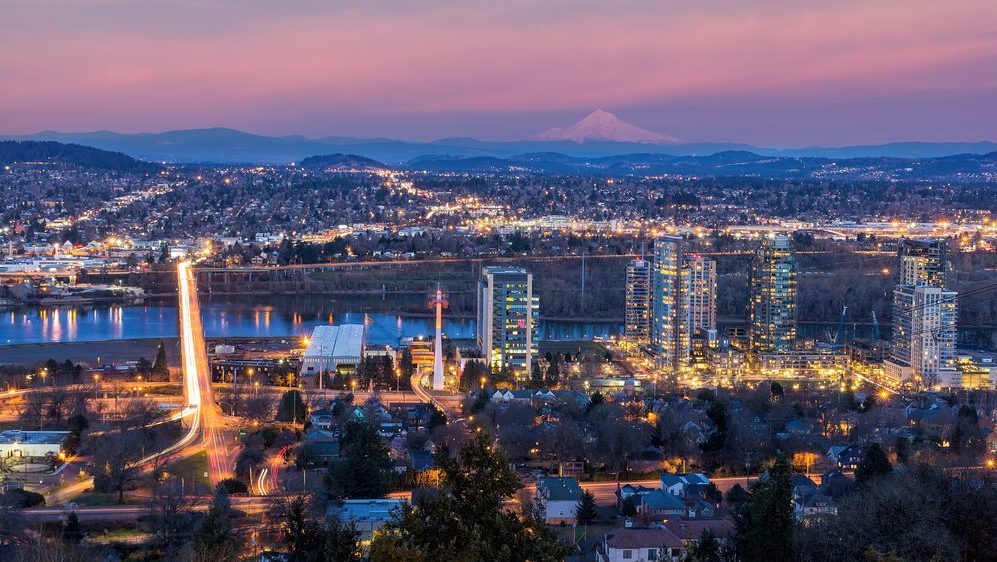Though Down From Peak, Apartment Occupancy in Portland Still Going Strong

Even after fading for the past few years, apartment occupancy in Portland remains solid overall.
Occupancy in the market registered at 95% in May. That’s right in line with the U.S. average of 95.2%, and the market’s five-year norm (also 95.2%), but a bit below the recent peak from June 2015, when occupancy in Portland hit 97.1%.
While occupancy in Portland has come down in the past three years or so, that performance just brought the market back down to its long term average. Portland has been posting occupancy right around the 95% mark for much of the past 20 to 25 years.

Of note, U.S. occupancy has declined 40 basis points (bps) since March, when the COVID-19 outbreak accelerated. But at 95.2%, occupancy is still solid – albeit below the near-record levels seen last summer. The occupancy decline in Portland totaled 60 bps.
Portland apartment occupancy varies quite a bit from one class of product to another. Occupancy here is tightest at 96.8% in the Class C stock. Premium occupancy for these lower-tier properties suggests that the big price increases this market has seen over the past decade has priced some households out of the Class B units. Moving forward, however, occupancy in lower-tier assets could be facing a threat, as is normal during a recession.
Class B product was still solid at 95.4%, while Class A units were much lower at 91.9%. That’s a sizable occupancy gap of 490 basis points (bps) between Class A stock and the Class C units. This was one of the widest ranges between product classes in the country in May. Only Orlando and Miami saw a bigger difference in occupancy between asset classes.
For more information on the Portland apartment market, watch RealPage webcast, Up Close and Local: Portland.






